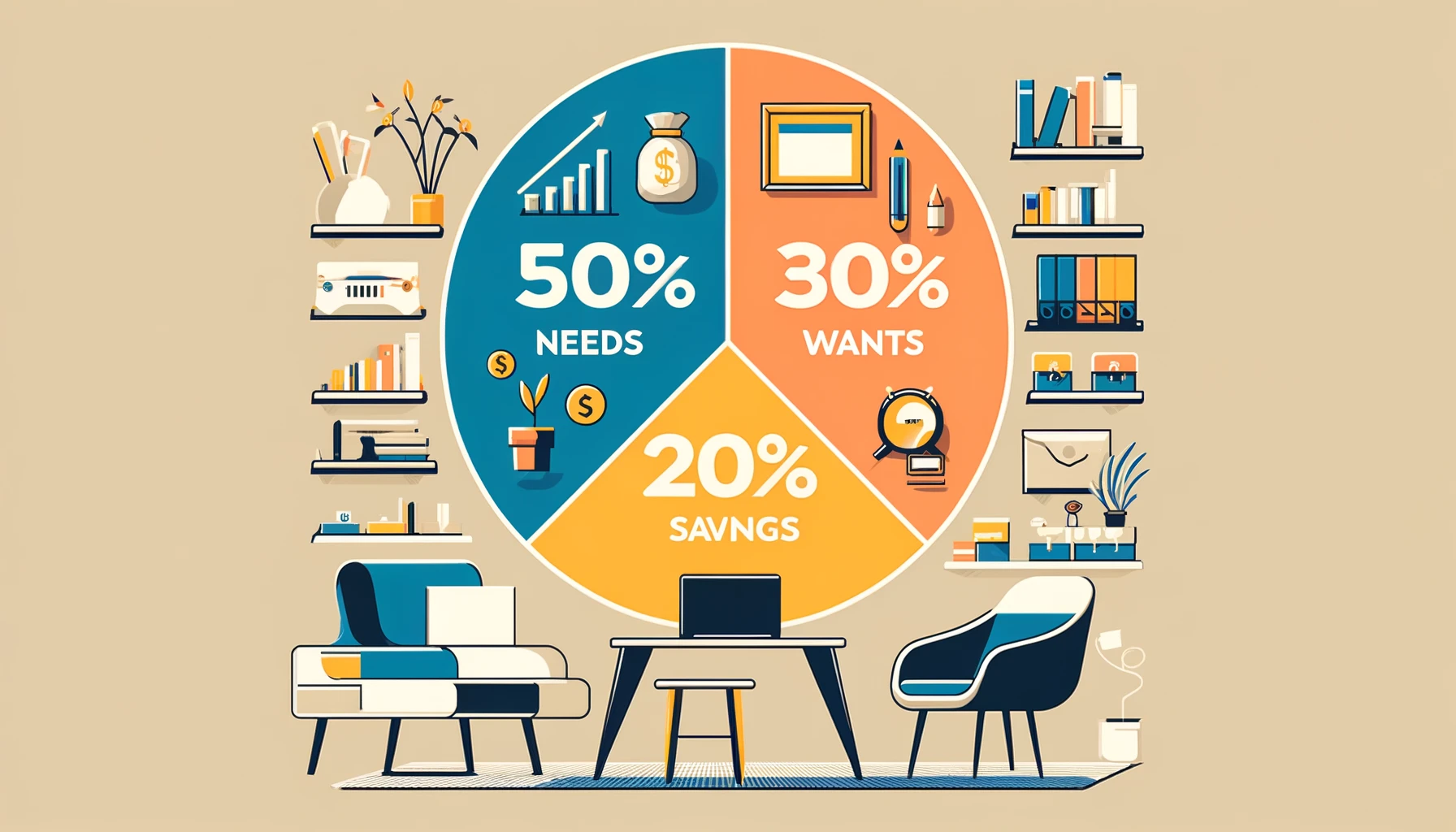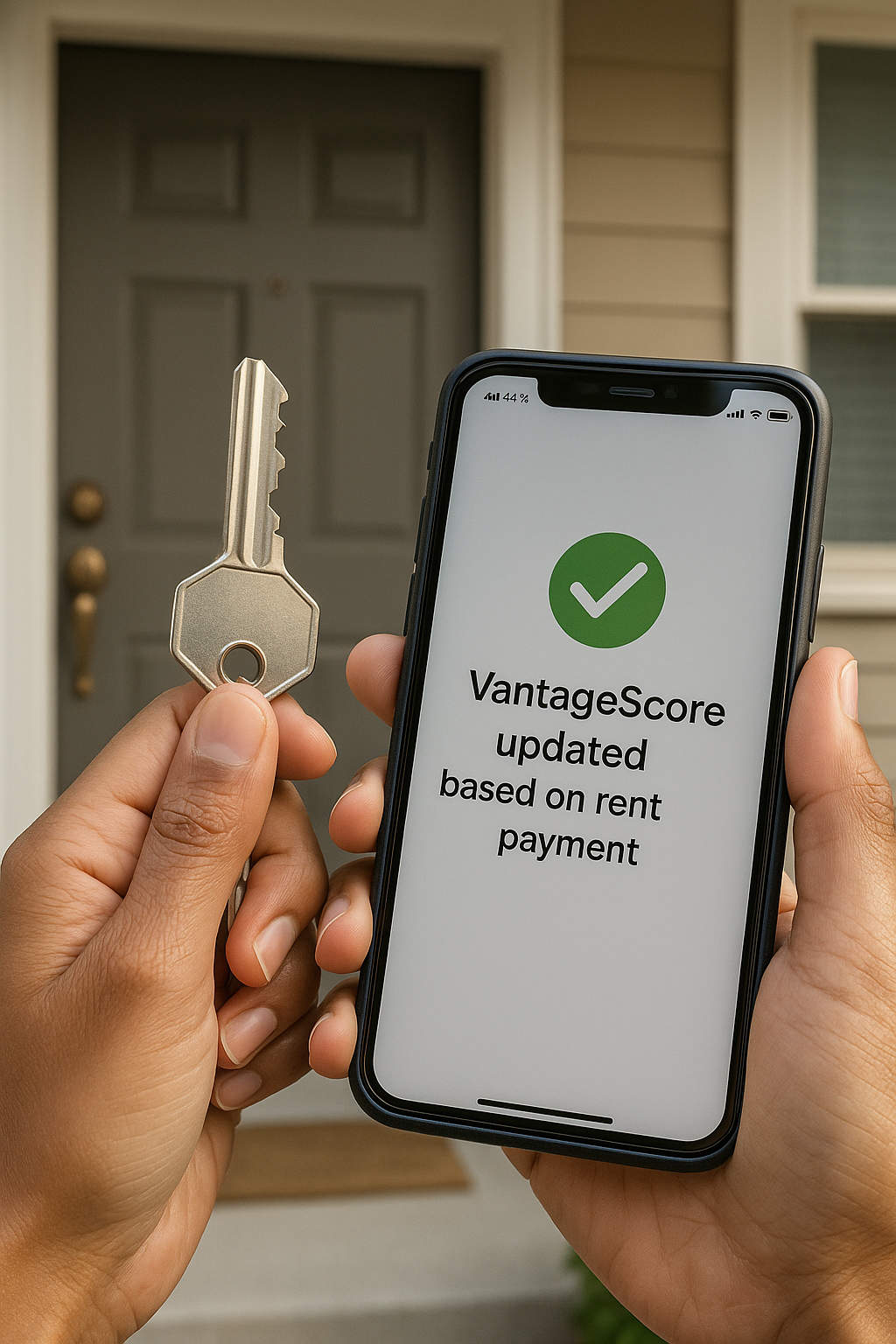
Welcome, familia. As young Latinos in the U.S., we know that starting a professional life and building a secure future often comes with unique financial challenges. We’re ambitious, we’re hard workers. The U.S. Latino GDP alone is $3.6 trillion, the fifth-largest economy globally. That’s nuestro power (“The 2024 Official LDC U.S. Latino GDP Report™”). But converting that economic force into personal wealth requires a solid strategy.
Many of us face hurdles like balancing family financial support with personal savings goals, navigating a complex U.S. financial system, and addressing a wealth gap where the average white family has five times the wealth of the average Hispanic family (Brookings).
This is where smart budgeting becomes your best tool. It’s not about restriction; it’s about empowerment. One of the simplest and most effective frameworks for getting a grip on your money is the 50/30/20 Budget Rule.
Understanding the 50/30/20 Budget Rule: A Simple Breakdown
The 50/30/20 rule is a straightforward way to allocate your after-tax income into three major categories. It’s a great guideline to ensure your money is working for you, addressing both your immediate needs and your long-term goals.
1. Needs: 50% of Your After-Tax Income
This is the must-have category. Needs are your essential, non-negotiable monthly expenses: the costs that keep a roof over your head, food on the table, and the lights on.
- What Counts:
- Housing (Rent or Mortgage)
- Utilities (Electricity, Water, Basic Internet/Phone)
- Groceries
- Transportation (Car payment, gas, public transit)
- Insurance (Health, Car, Renter’s)
- Minimum Debt Payments (only the minimum required payment to keep you current)
Why This Matters for you: For many in our community, high housing costs are a major stressor. According to UnidosUS, two-thirds of young Latinos (aged 25-39) are concerned about being able to pay their next month’s rent or mortgage (UnidosUS). Sticking to the 50% for needs is crucial for creating a sustainable financial foundation and reducing this worry.
2. Wants: 30% of Your After-Tax Income
Wants are the nice-to-have expenses. The things that improve your quality of life but aren’t strictly necessary for survival. This is the flexible part of your budget, and where you have the most control.
- What Counts:
- Dining out or getting takeout
- Entertainment (Streaming services, concerts, movies)
- Expensive coffee or daily purchases
- Travel and vacations
- New clothing that you don’t need
- Premium internet/phone plans
3. Savings & Debt Repayment: 20% of Your After-Tax Income
This 20% is the most critical step toward building nuestra future wealth in the U.S. This is your personal investment in a more secure tomorrow.
- What Counts:
- Emergency Fund Contributions: Cash reserves for unexpected costs (a critical need, as fewer U.S. Hispanics have an emergency fund compared to non-Hispanics, 53% vs. 67% according to MoneyLion).
- Retirement Savings: Contributions to a 401(k), IRA, or other long-term investment accounts.
- Extra Debt Payments: Any payments beyond the minimum required on credit cards, student loans, or other high-interest debts.
A Key Point for Our Community: Many young Latinos are also sending money back home or providing financial support to la familia here in the U.S. This is a powerful cultural value. In fact, one study found that Hispanic millennials are two times more likely to feel a greater sense of financial responsibility for loved ones than non-Hispanic millennials (Bank of America).
If you’re in this position, you need to budget that family support into your Needs (50%) category to be realistic. This may mean cutting back heavily on your Wants (30%) to ensure you can still meet the 20% savings goal.
Putting the 50/30/20 Rule into Action
- Calculate Your Take-Home Pay (After-Tax Income): This is the money that hits your bank account after federal and state taxes, insurance premiums, and other mandatory deductions.
- Determine Your Dollar Amounts: Multiply your take-home pay by the three percentages:
- $3,000 Take-Home Pay x 0.50 (Needs) = $1,500
- $3,000 Take-Home Pay x 0.30 (Wants) = $900
- $3,000 Take-Home Pay x 0.20 (Savings) = $600
- Track and Adjust:
- Compare your actual spending to these targets. Is your rent and car payment already pushing your “Needs” above 50%? This is a common reality for many, and it means you need to be honest and creative.
- If your Needs are at 60%, your Wants must drop to 20% to keep your crucial 20% Savings intact. The goal is to always protect that 20% for your future.
- Actionable Step: Automate your savings transfer. Set up a direct transfer of the 20% (or more!) from your checking account to your savings or investment account the day you get paid. If you don’t see the money, you won’t spend it.
Adapting the Rule for Our Reality
While the 50/30/20 rule is a strong foundation, we must recognize that it might need adjustments based on our specific situations in the U.S.:
| If Your Situation Is… | Your Budget Focus Should Be… | Why This Helps Us |
| High Cost of Living: Your rent/needs are already over 50%. | Slash Wants: Reduce the Wants percentage to 20% or even 10%. | By tightening up on discretionary spending, you preserve the all-important 20% for savings, which is key to building wealth in a high-cost environment. |
| High Debt (Credit Cards, Student Loans): | Redefine “Savings”: Use the 20% to aggressively pay down high-interest debt first. | For many, student loans and other debt present significant hurdles. Treating extra debt repayment as part of your 20% ensures you are eliminating debt that prevents future wealth growth. |
| Low Financial Literacy: You’re new to budgeting and credit in the U.S. | Prioritize Education & Credit Building: Use the 20% to start a small emergency fund and focus on building a strong U.S. credit history. | Establishing credit and eliminating financial fragility (the inability to cope with a $2,000 shock) is a critical first step towards stability (FINRA Foundation). |
The 50/30/20 rule gives you the power to see exactly where your money is going and to redirect it towards your most important goal: building a financially secure future for ourselves and for nuestra familia. By starting now with this simple framework, we take a major step toward closing the wealth gap and securing our place in the American economic story.
👉 Ask Gabi, the “judgment free zone” for all of your financial questions!
Stay tuned! We got you







